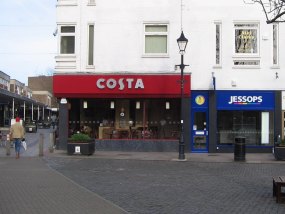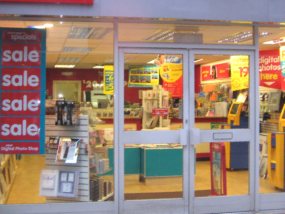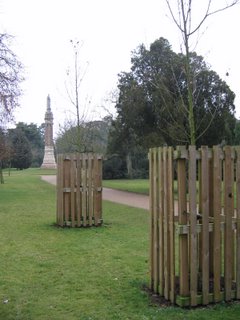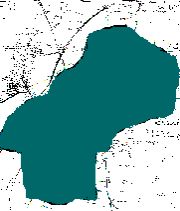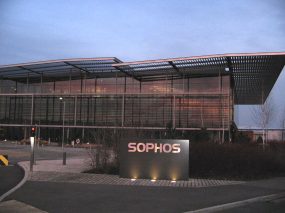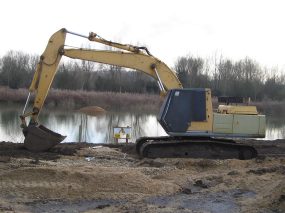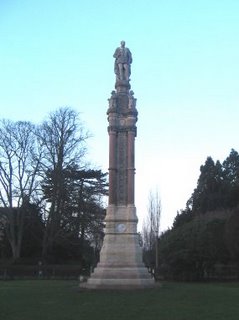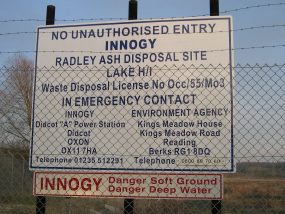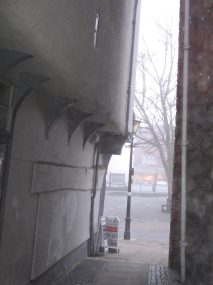
With the help of a brochure called Abingdon on Thames published and Copyrighted by the Vale District Council in May 2004, I shall try to explain the Abingdon Coat of Arms.
* The green shield and four small crosses and knight's helmet come from the arms of the Fraternity of the Holy Cross.
* The large gold cross comes from the arms of Abingdon Abbey.
* A crown above represents local government
* A stags head represents Berkshire (Abingdon's County until 1974)
* Swans represent the River Thames
* The left swan holds a Tudor rose for Mary who granted Abingdon's first Royal Charter (1556). Its saxon crown represents the town's saxon ancestry and it stands on a woolpack to show the long sheep farming and wool trading tradition.
* The right swan holds barley for the tradition of malting and brewing. It stands on a book for Abingdon's leather (Pavlova) book binding and printing industry. The rope is for rope making, and its crown comes from the time of Edward the confessor and Abingdon Abbey.
* The blue wings represent the Abingdon RAF base (that was, and is now Dalton army barracks)
* The lightening for the nearby atomic energy research centre.
FAITH AND INDUSTRY (the motto): The word Faith is for the Abbey and the Church in Abingdon, and Industry is for all these aforementioned industires and more modern ones like cars (MG) and virus protection (Sophos).
